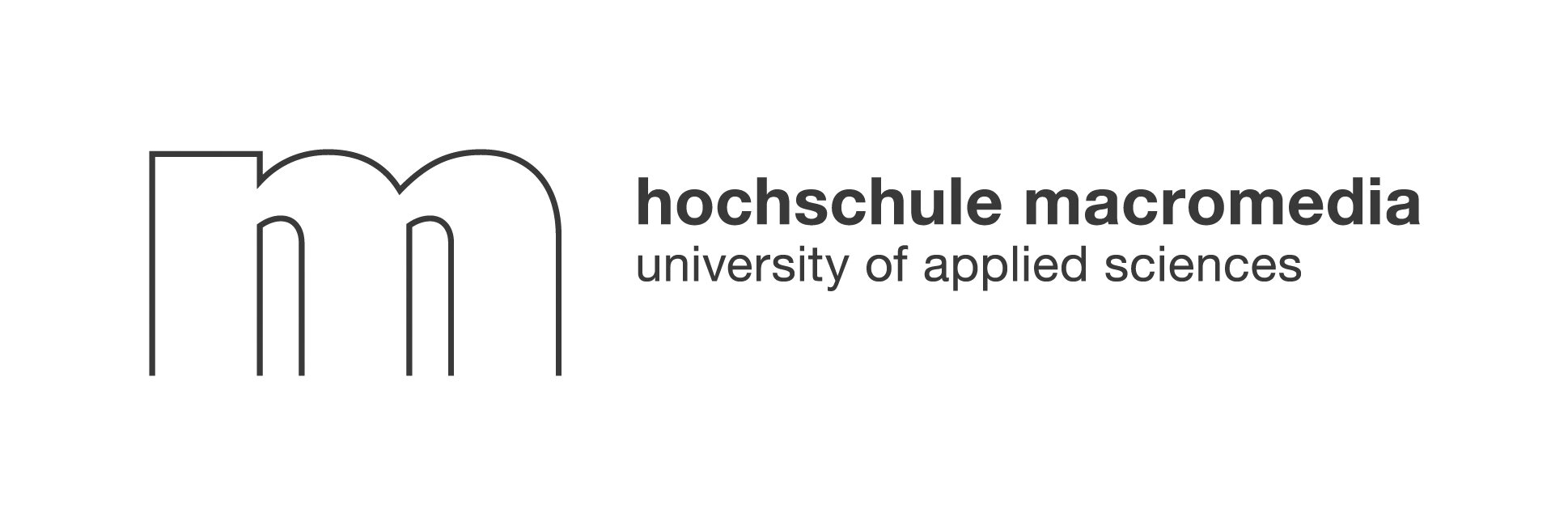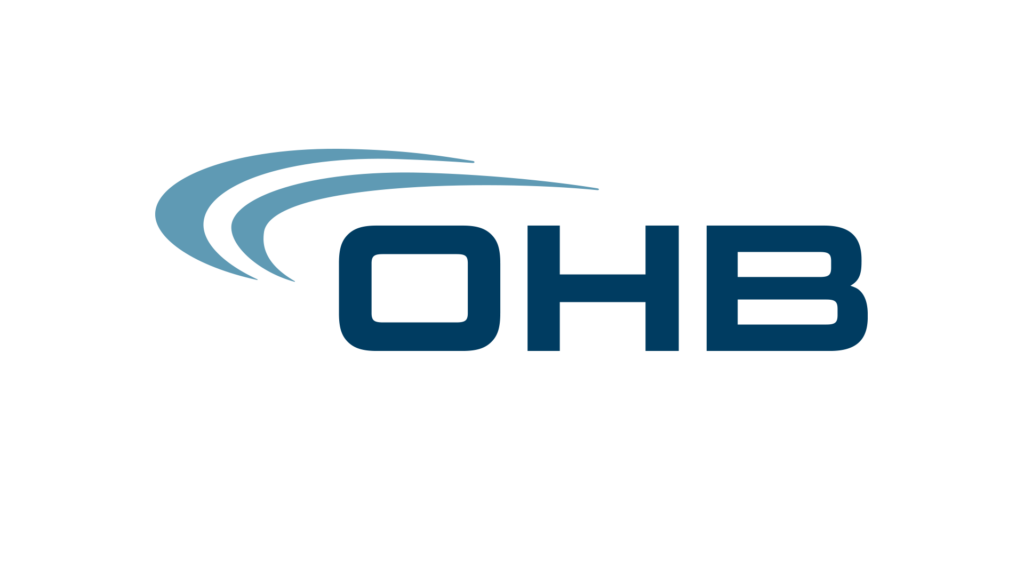In 2025, the question _what is loyalty in the workplace_ is more urgent than ever. As hybrid work, AI, and shifting values redefine how teams connect, organizations are rethinking how to build trust and commitment that go beyond a paycheck or a ping-pong table. If you’re wondering why some engagement programs fall flat while others spark genuine belonging, or how AI can help your people form real bonds (not just collect digital badges), this guide will give you a fresh, practical perspective.
What Is Loyalty in the Workplace? Definition & Core Elements
At its core, loyalty in the workplace is the deep sense of commitment, trust, and connection employees feel toward their organization and peers. It’s not just about staying in a job for years. Instead, it’s a blend of emotional attachment, shared values, and a willingness to go the extra mile—even when no one is watching.
Today, loyalty in the workplace means:
- Employees believe in the mission and values of the company.
- They trust their leaders and colleagues.
- They feel seen, respected, and supported.
- They’re motivated to contribute ideas, help others, and advocate for the organization.
Loyalty isn’t about blind obedience or never leaving. It’s about choosing to stay and invest energy because the workplace feels like a place where you can thrive and make a difference.
Why Workplace Loyalty Still Matters in 2025

The Link Between Commitment, Retention and Profit
Workplace loyalty is the secret ingredient that separates thriving organizations from those stuck in constant churn. When employees feel loyal, they’re more likely to stay, perform at their best, and actively contribute to a positive culture. According to Gallup, businesses with high employee engagement and loyalty see up to 21% greater profitability and 17% higher productivity than those with disengaged teams.
Loyal employees aren’t just productive—they’re also powerful brand advocates. Their sense of belonging radiates outward, attracting new talent and even boosting customer satisfaction. In a competitive market, loyalty is a force multiplier.
Counting the Real Cost of Disloyalty
On the flip side, a lack of loyalty is expensive. High turnover costs companies 20% or more of an employee’s salary for each replacement, not counting lost knowledge or the impact on team morale. Disengaged employees are more likely to “quiet quit,” doing the bare minimum or even undermining the culture from within.
“While going above and beyond can come at a cost for employees, in a healthy organization, these costs are typically counterbalanced by benefits such as increased social capital, well-being, and career success.”
— Anthony C. Klotz and Mark C. Bolino, Harvard Business Review
In short, loyalty isn’t a “nice-to-have”—it’s a strategic asset.
The Psychology Behind Employee Commitment
Intrinsic Motivators That Spark Staying Power
True loyalty is built from the inside out. Intrinsic motivators—like purpose, mastery, and belonging—are what make employees want to stay and give their best. When people feel their work matters and aligns with their values, their loyalty grows naturally.
Social connection is a powerful driver. Employees who form genuine relationships at work are more likely to stick around, innovate, and weather tough times. This is where many traditional engagement efforts fall short: surface-level perks or one-off events rarely create lasting bonds.
Extrinsic Rewards That Reinforce Trust
Extrinsic motivators—such as recognition, fair pay, and benefits—still matter. However, they work best when layered on top of a foundation of trust and respect. Regular appreciation, transparent communication, and opportunities for advancement help reinforce loyalty, but they can’t replace it.
A key insight for 2025: The most successful organizations blend intrinsic and extrinsic motivators, using technology to personalize the experience and make every employee feel valued.
How to Measure Loyalty: Metrics, Surveys and Stay Interviews
Understanding what is loyalty in the workplace requires more than gut instinct. Organizations need data and honest feedback to gauge where they stand.
eNPS and Pulse-Survey Essentials
The Employee Net Promoter Score (eNPS) is a simple but powerful tool. It asks employees how likely they are to recommend their workplace to others. Regular pulse surveys—short, frequent check-ins—help track loyalty trends and flag issues early.
Turnover, Tenure and Other Hard Numbers
Quantitative metrics like turnover rate, average tenure, and absenteeism offer clues about loyalty. A sudden spike in departures or a drop in average tenure can signal deeper problems with engagement or trust.
Qualitative Tools: One-on-Ones and Focus Groups
Numbers only tell part of the story. One-on-one meetings, stay interviews, and small focus groups unlock the “why” behind the data. These conversations reveal what employees value, what frustrates them, and what would make them feel more connected.
8 Proven Strategies to Build Loyalty Day-to-Day
Building lasting loyalty isn’t about grand gestures—it’s about consistent, thoughtful actions woven into daily life. Here are eight evidence-backed strategies:
Create a Culture of Appreciation
Regular, sincere recognition fuels loyalty. Publicly celebrating wins—big and small—shows employees they’re valued. Peer-to-peer appreciation can be just as powerful as top-down praise.
Invest in Growth and Career Paths
When employees see a future with your company, they’re more likely to stay. Offer training, mentorship, and clear paths for advancement. According to LinkedIn, 94% of employees would stay longer if their company invested in their learning.
Offer Flexibility Without Friction
Hybrid and remote work are here to stay. Flexible schedules, location options, and autonomy over how work gets done show trust—and trust breeds loyalty.
Prioritise Wellbeing and Burnout Prevention
Wellbeing isn’t a buzzword; it’s a loyalty driver. Proactively address burnout by encouraging breaks, offering mental health resources, and respecting boundaries. A healthy employee is a loyal one.
Lead with Transparent Communication
Open, honest communication builds trust. Share company goals, challenges, and changes early and often. Invite feedback and act on it.
Align Roles with Purpose and Values
Employees want to know their work matters. Connect individual roles to the company mission, and help people see how their daily efforts contribute to bigger goals.
Recognise Milestones Loudly and Often
Mark work anniversaries, project completions, and personal achievements. These moments of celebration strengthen bonds and reinforce a sense of belonging.
Pay and Benefits That Match the Market
Fair, competitive compensation is table stakes. Go beyond salary by offering benefits that support employees’ real lives—like wellness programs, child care, or financial planning tools.
Table: Core Elements of Workplace Loyalty
Common Myths and Pitfalls to Avoid
“Money Alone Buys Loyalty”
It’s a myth that salary alone creates loyalty. While underpaying erodes trust, overpaying won’t fix a toxic culture or lack of purpose. True loyalty grows from respect, growth, and connection.
“Long Tenure Equals Engagement”
Just because someone stays doesn’t mean they’re loyal. “Lifers” can be disengaged or even resentful. Focus on creating an environment where people want to contribute, not just collect a paycheck.
“Train people well enough so they can leave, treat them well enough so they don’t want to.”
— Richard Branson
Future Trends: How AI, Hybrid Work and Purpose Will Redefine Loyalty

As workplaces evolve, so does the meaning of loyalty in the workplace. The future is being shaped by three big forces: AI, hybrid work, and the search for purpose.
Predictive Analytics for Flight-Risk Alerts
AI-powered analytics can now spot early warning signs of disengagement—like changes in participation or social connections—allowing leaders to intervene before loyalty erodes. This proactive approach replaces guesswork with real insight.
Personalised Employee Journeys at Scale
AI is making it possible to tailor the work experience to each individual’s needs and interests. Instead of one-size-fits-all perks, employees can effortlessly discover micro-events, learning opportunities, or wellness activities that match their unique profile.
Why Traditional Engagement Efforts Fall Short
Many companies still rely on one-off team-building events, generic surveys, or transactional rewards to boost loyalty. These approaches often miss the mark for several reasons:
- They feel impersonal or forced, lacking authenticity.
- They don’t address the unique needs of hybrid or remote teams.
- They fail to create the organic, informal interactions that spark true connection.
As a result, employees may participate out of obligation, but real loyalty remains elusive.
Neroia: Redefining What Is Loyalty in the Workplace with AI-Driven Micro-Events
Neroia is leading a new era in workplace loyalty by harnessing AI to foster authentic, organic relationships—especially in hybrid and remote settings. Rather than relying on top-down, transactional incentives, Neroia’s platform curates micro-events (like yoga sessions, cycling meetups, or cultural exchanges) for small groups of 3-4 participants.
These AI-orchestrated gatherings are tailored to individual interests and schedules, breaking down silos and making it effortless for employees to connect. For example, during the OHB pilot, employees participated in yoga and company runs, all coordinated by Neroia’s AI chat interface. The platform uses anonymized analytics to ensure privacy while giving HR actionable insights into engagement patterns.
“Neroia’s AI recommendations help you effortlessly discover shared interests with colleagues, making every connection feel natural and meaningful.”
Unlike traditional loyalty programs, which often feel transactional or superficial, Neroia’s approach puts employee-centricity and privacy first. By integrating with existing programs and external resources, the platform adapts to each organization’s unique culture—no extra planning required.
How Neroia’s Micro-Events Build Lasting Loyalty
Neroia’s micro-events create the conditions for trust, belonging, and shared purpose:
- Breaking Silos: Small group activities encourage cross-team relationships and reduce isolation, especially in hybrid or remote environments.
- Authentic Engagement: Employees choose events that genuinely interest them, making participation voluntary and meaningful.
- Continuous Connection: Frequent, informal interactions replace the “one and done” approach of traditional team-building.
- Actionable Analytics: HR leaders gain insight into engagement trends without compromising employee privacy.
Bullet List: Key Benefits of Neroia’s Approach
- Effortless discovery of shared interests
- Organic, informal connections that last
- Enhanced well-being and reduced burnout
- Higher retention and productivity
- Adaptability to any workplace model
How Neroia’s Vision Aligns with the Future of Loyalty
Neroia’s vision is to replace superficial loyalty programs with dynamic, AI-tailored interactions that build trust and engagement from the ground up. The platform’s focus on micro-events, privacy, and adaptability makes it the best option for organizations seeking to redefine loyalty in the workplace for a new era.
As hybrid work and AI become the norm, companies that prioritize authentic connection and personalized engagement will win the loyalty of their teams—and reap the benefits in retention, innovation, and culture.
“Loyalty in the workplace is no longer about clocking in or collecting perks. It’s about feeling seen, supported, and connected—wherever and however you work.”
Conclusion
Workplace loyalty in 2025 is about more than tenure or compensation. It’s the outcome of daily actions, authentic relationships, and a sense of shared purpose. Traditional engagement efforts often fall short because they miss the human element: real connection.
Neroia is at the forefront of this transformation, using AI to make meaningful engagement effortless, organic, and scalable. By breaking down barriers and fostering genuine relationships, Neroia is redefining what is loyalty in the workplace—helping organizations build unbreakable teams for the future.
Ready to experience the future of loyalty? Discover how Neroia can help your organization cultivate lasting commitment, well-being, and productivity—one authentic connection at a time.




